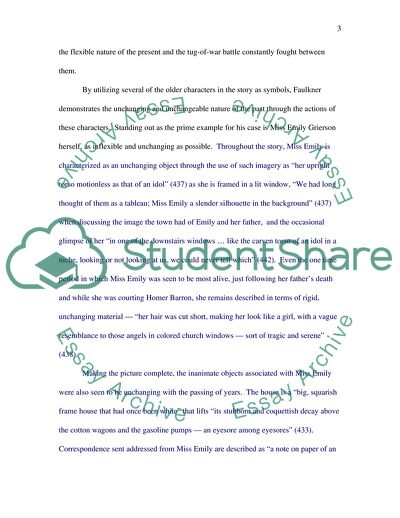Cite this document
(The Unchanging and Unchangeable Nature Literature review, n.d.)
The Unchanging and Unchangeable Nature Literature review. Retrieved from https://studentshare.org/literature/1708928-lit-genres
The Unchanging and Unchangeable Nature Literature review. Retrieved from https://studentshare.org/literature/1708928-lit-genres
(The Unchanging and Unchangeable Nature Literature Review)
The Unchanging and Unchangeable Nature Literature Review. https://studentshare.org/literature/1708928-lit-genres.
The Unchanging and Unchangeable Nature Literature Review. https://studentshare.org/literature/1708928-lit-genres.
“The Unchanging and Unchangeable Nature Literature Review”. https://studentshare.org/literature/1708928-lit-genres.


